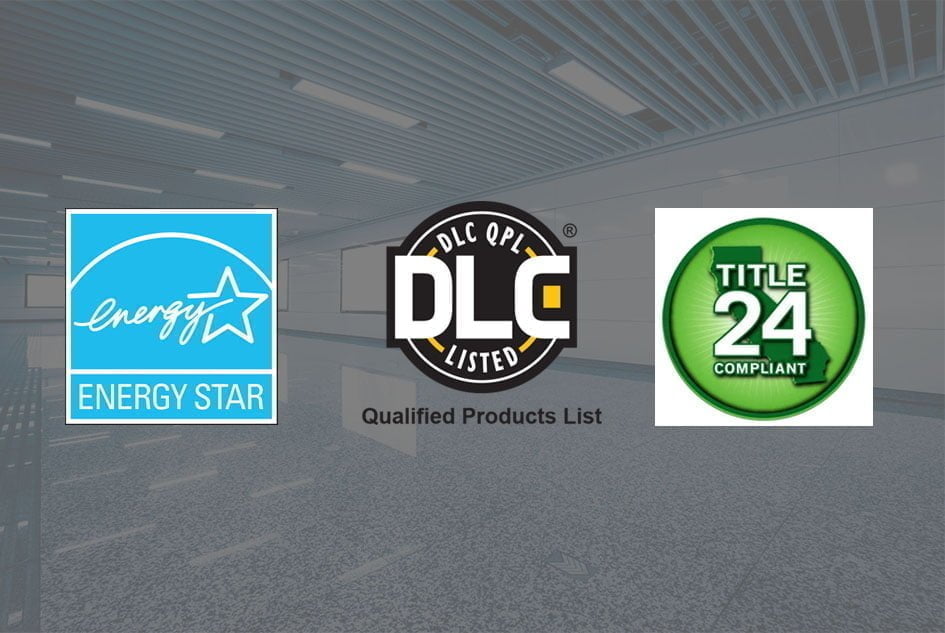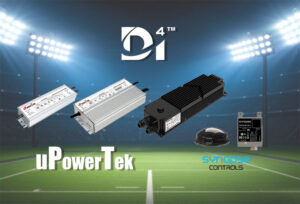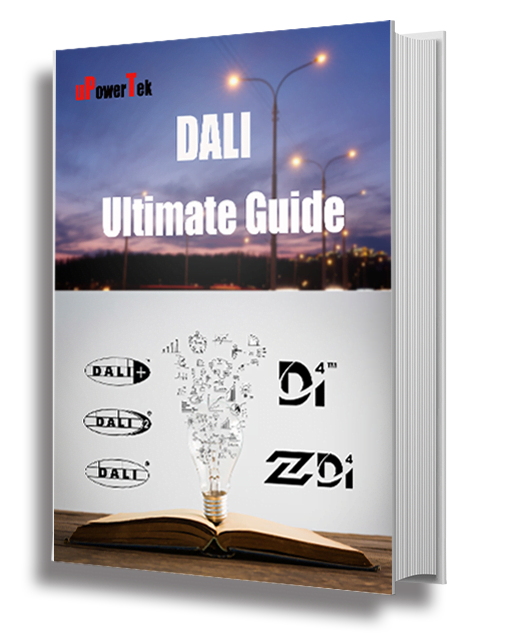If you have compared different energy-saving light bulbs, you may have noticed that some are labeled as Energy Star products, while others carry the DLC label. Sometimes buyers are confused about the full content of these two energy-saving groups, and why some lamps have an approval mark for one group, but it seems that there is no approval for the other group. So let us clear up the confusion by explaining the work of these organizations and the differences between them.
What is ENERGY STAR?
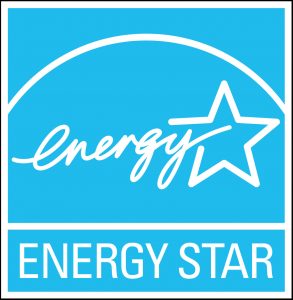
ENERGY STAR® is a government-supported energy efficiency mark. It provides simple, reliable, and fair information that consumers and businesses rely on to make smart decisions. Thousands of industrial, commercial, utility, state, and local organizations—including nearly 40% of the Fortune 500®—cooperate with the U.S. Environmental Protection Agency (EPA) to provide cost-saving energy efficiency solutions to protect the climate While improving air quality and protecting public health.
The Energy Star label tells consumers that the product has reached the efficiency standards set by the U.S. Environmental Protection Agency and the Department of Energy. This means that products with it are safer for the environment than products without it. Although the Energy Star program was originally established in the United States, it has become an international standard.
In order to obtain the ENERGY STAR label, products are independently tested by a third-party EPA-certified laboratory before being marketed. These approved products are then randomly tested to ensure that they still meet Energy Star standards.
ENERGY STAR History Major Milestone
- 2020, Over the lifetime of the program, every dollar EPA has spent on ENERGY STAR resulted in $350 in energy cost savings for American business and households.
- 2019, Over the lifetime of the ENERGY STAR Program, private investment leveraged by ENERGY STAR totals to roughly $300 billion.
- 2018, Americans purchased more than 6 billion ENERGY STAR certified products since 1992
- 2017, ENERGY STAR®’s 25-year anniversary
- 2015, 20th anniversary of ENERGY STAR Certified Homes program
- 2012, EPA celebrates the 20th anniversary of ENERGY STAR
- 2010, More than 80% of American households recognize the ENERGY STAR label
- 2005, Americans purchased more than 2 billion ENERGY STAR qualified products since 1992
- 2002, ENERGY STAR’S 10-year anniversary
- 1996, EPA and U.S. Department of Energy (DOE) announce their ENERGY STAR partnership
- 1995, Green Lights program merges with ENERGY STAR Buildings, a program designed to help businesses simultaneously improve their energy and financial performance
- 1994, More than 2,000 ENERGY STAR qualified product models available for sale
- 1993, Executive Order encouraging federal agencies to purchase ENERGY STAR qualified computers, monitors, and printers
- 1992, EPA launch of the ENERGY STAR label for office products starting with computers and displays
- 1991, EPA introduces Green Lights program, a partnership to promote efficient lighting systems in commercial and industrial buildings (later integrated into ENERGY STAR)
For more details, please visit Energy Star official website. ENERGY STAR History and Major Milestones | About ENERGY STAR | ENERGY STAR
ENERGY STAR Lamp Requirements
ENERGY STAR® requirements cover all aspects of product performance and life. The following is a brief summary of the requirements for ENERGY STAR® integrated lamps:
- Luminous Efficacy
- Light Output
- Elevated Temperature Light Output Ratio
- Center Beam Intensity
- Luminous Intensity Distribution
- Correlated Color Temperature (CCT)
- Color Rendering
- Color Maintenance
- Color Angular Uniformity
- Lumen Maintenance
- Rated Life
- Rapid Cycle Stress Test
- Electrical Safety
- Power Factor
- Frequency
- Start Time
- Run-Up Time
- Transient Protection
- Standby Power Consumption
- Dimming Performance
- Maximum Light Output
- Minimum Light Output
- Flicker
- Audible Noise
- Products with Connected Functionality
- Connected Product Criteria
- Open Access
- Energy Consumption Reporting
- Operational Status Reporting
- Remote Management
- Information to Consumers
- Lamp Toxics Reduction
- Lamp Shape Dimensions
- Lamp Labeling
- Lamp Packaging
- Warranty
If you would like to know the details about these testing requirements, please visit Energy Star official website. ENERGY STAR Lamps V2.1 Final Specification
What is DLC?
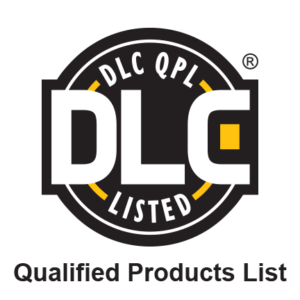
The DesignLights Consortium (DLC) is similar to the Energy Star Program, except that it is a regional organization dedicated to energy efficiency in the lighting industry. It is part of the Northeast Energy Efficiency Partnership (NEEP) and initially focused on the Northeast and Mid-Atlantic regions.
DLC is a non-profit organization dedicated to improving energy efficiency, lighting quality, and human experience in the built environment. They work with utilities, energy efficiency programs, manufacturers, lighting designers, building owners, and government entities to set strict standards for lighting performance that keeps up with technology. They are working together to create solutions to create a better future through better lighting.
DLC Requirements
At present, DLC has more detailed requirements for solid-state lighting, horticultural lighting, and networked lighting controls. An example table is listed below. If you want to see more details about solid-state lighting, you can refer to this article. DLC Solid-State Lighting Technical Requirements Table
Table 1: V5.1 Efficacy Requirements for Luminaires and Retrofit Kits [DLC Standard and DLC Premium Classifications]

Difference between ENERGY STAR and DLC
- DLC is strictly applicable to lighting products, while Energy Star is applicable to many other types of products.
- Energy Star is generally used for consumer products, and DLC is used for commercial products.
- There are no products with two ratings, only one rating. There is no overlap between the two. For example, recessed lighting is under the jurisdiction of Energy Star; therefore, DLC does not rate such products.
- Energy Star can claim jurisdiction over specific products, so if this happens to DLC products, DLC must remove their labels.
- Energy Star covers CFL bulbs, LED bulbs, residential lamps, decorative light strings and ceiling fans with light kits.
- DLC covers commercial products which are not covered by Energy Star, such as street lights or horticultural lights.
Benefits of DLC and ENERGY STAR
When deciding which product to buy, we recommend that you take a moment to check the label! Labels are an easy way to determine the energy efficiency of lighting products. However, since manufacturers have to pay to enter the Energy Star and DLC lists, they need to prove that their lamps provide a certain level of lumens per watt. However, because certain energy-saving bulbs are rated on the Energy Star or DLC approved list, it does not always mean that the product is better. Again, just because they are not rated or on the list does not necessarily mean that the product is bad.
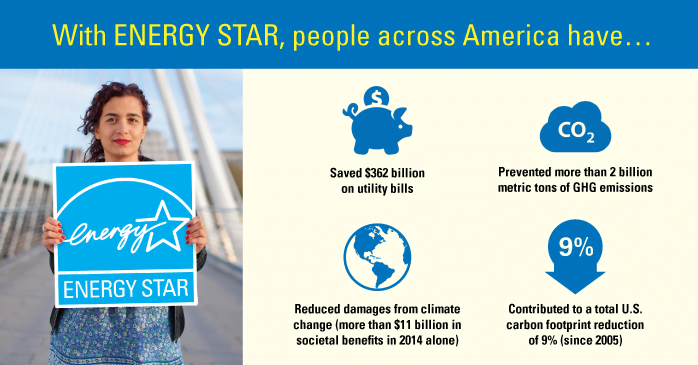
When purchasing lighting products, using Energy Star and DLC labels can help guide you to choose the most environmentally friendly lamps while reducing energy costs and maintenance. Not to mention, the discount for LEDs without these ratings is usually 25% less.
What is Title 24?
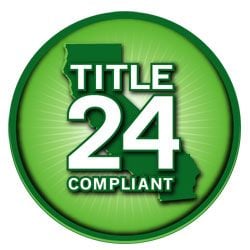
Title 24 is a collection of California building energy standards. The goal is to improve the energy efficiency of new residential and commercial buildings. Since 1978, California residents must comply with Part 6 of the California Code of Regulations, Title 24 in their homes and businesses. This section specifies energy efficiency standards aimed at making the state’s energy use more responsible and sustainable.
Title 24 is updated every three years to incorporate the latest research, design and trends in indoor systems such as lighting and HVAC systems. The latest revision of Title 24 regulations was released in 2019 and replaced the version released in 2016. Title 24 energy compliance requirements apply to new buildings and any new installations or renovations of existing buildings. Older buildings do not have to upgrade their systems, but if they choose to renovate, their new systems must meet Title 24 standards.
Difference between Title 24 and ENERGY STAR
- ENERGY STAR specification meets or exceeds Title 24 requirements for high efficacy fixtures.
- ENERGY STAR fixtures meet color, durability, life, and other quality and performance parameters that are not required under Title 24.
- ENERGY STAR focus on products, while Title 24 focus on buildings

